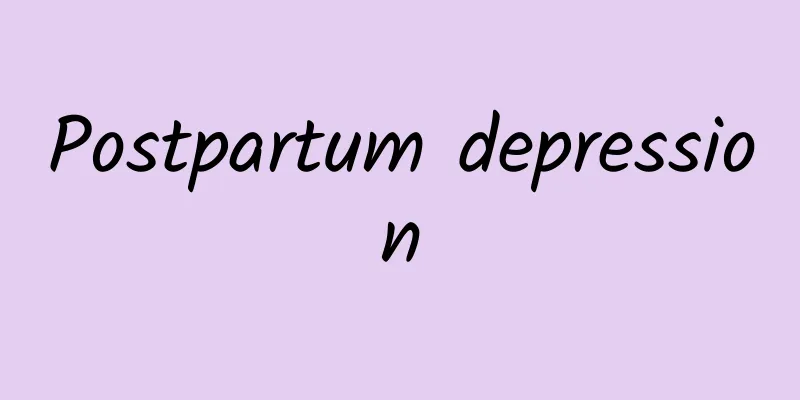Contraindications of Digitalis

|
As a traditional Chinese medicine, digitalis has a cardiotonic effect and is effective in enhancing blood circulation and treating myocardial diseases. Due to the high ornamental value of Digitalis, many families also grow it as a potted plant at home. However, when using digitalis to treat diseases, you must understand that digitalis contains certain toxins, and eating too much digitalis can easily lead to poisoning. Today we will learn about the contraindications of digitalis. The main indications of digitalis: 1. It can be used for heart failure caused by other reasons except heart failure induced by digitalis poisoning. 2. Rapid supraventricular arrhythmias, such as atrial fibrillation and flutter with rapid heart rate, paroxysmal supraventricular tachycardia, etc. The main contraindications of digitalis: 1. Heart failure with digitalis poisoning; 2. Preexcitation syndrome accompanied by atrial fibrillation or flutter; 3. In patients with obstructive cardiomyopathy, digitalis can aggravate left ventricular outflow tract obstruction, so it should not be used, but it can still be used when accompanied by heart failure; 4. Atrioventricular block can be used with caution only when accompanied by heart failure. When complete atrioventricular block is accompanied by heart failure, digitalis should be used after a ventricular pacemaker is placed; 5. Sinus bradycardia with a ventricular rate below 50 beats per minute, atrial fibrillation or atrial flutter accompanied by complete atrioventricular block or a ventricular rate below 60 beats per minute. Digitalis: Also known as foxglove, poison weed, purple foxglove, and bellflower, it is a biennial or perennial herb densely covered with short hairs. The basal leaves are ovate to ovate-lanceolate, with blunt teeth on the margins and long petiolate. In the spring of the 2nd or 3rd year, flower stalks emerge from the center of the leaf cluster, up to 1-1.5 meters high. The stem leaves are long oval, with fine teeth on the edges, and short petioles or nearly sessile. The raceme is terminal, the corolla is bell-shaped, drooping, leaning to one side, purple-red, with dark purple spots inside. The capsule is conical and the seeds are small. The flowering period is May-June, and the fruiting period is June-July. It is native to the mountainous areas of central and southern Europe. It is now cultivated in large quantities in Zhejiang, Shanghai, Jiangsu and Shandong in China. |
<<: Chinese medicine regulates the lungs
Recommend
Furosemide tablets instructions
There are many types of diseases that can be trea...
Is gastric ulcer serious? Pay attention to complications
If you do not pay attention to your diet and love...
How to boil Chinese medicine for foot bath?
In modern society, people are very fond of health...
The efficacy, effects and contraindications of magnolia flowers
Magnolia flower is also a common Chinese medicina...
What causes menstrual back pain in women?
The phenomenon of low back pain during menstruati...
Traditional Chinese Medicine Teaches Women How to Rejuvenate
Rejuvenation has always been a woman’s dream, but...
Why do people blink?
Blinking is a normal physiological phenomenon for ...
What are the symptoms of accidental miscarriage?
For pregnant women, if they do not take proper ca...
Will I definitely get pregnant during ovulation?
Getting married and having children are major eve...
What to do if you have sweating during menopause?
When women reach a certain age, they will face a ...
Can drinking ginger water remove dampness?
Can drinking ginger water remove dampness? Water ...
Is eczema contagious?
Many people do not understand eczema and think it...
How to treat lower limb artery blockage
As humans age, they will develop more and more ph...
It turns out that “cleansing intestinal toxins and removing stool” can be so simple
A warehouse full of gold is enviable, but a belly...
Pain on left side of belly button
Pain on the left side of the belly button is main...









